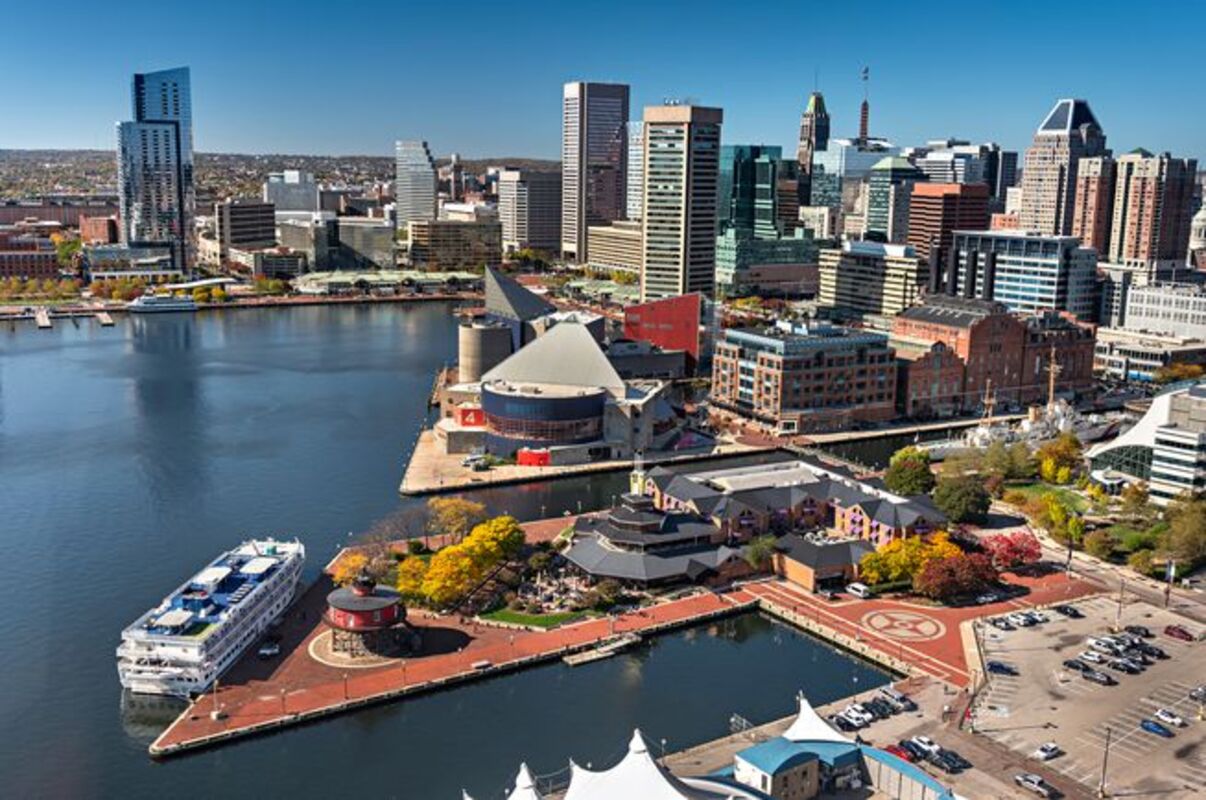Maryland is one of the smallest states in the United States by area, yet it is incredibly rich in history, culture, and national significance. Often referred to as “America in miniature,” Maryland combines coastal shores, mountain ranges, historic towns, and cutting-edge scientific institutions. This state has played a vital role in many key moments of American history. These interesting facts about Maryland will help you understand its unique identity and importance. Some of them may truly surprise you.
- Maryland was one of the original thirteen colonies that signed the Declaration of Independence. It played a crucial role in the formation of the United States, and many influential figures of the Revolutionary era came from this region. The state was named in honor of Queen Henrietta Maria of England.
- The capital of Maryland is Annapolis, home to the United States Naval Academy. This prestigious institution trains future officers of the U.S. Navy and is deeply rooted in maritime tradition. Founded in 1845, it remains one of the most respected military academies in the country.
- Baltimore, the largest city in Maryland, has been an important port since colonial times. It is the birthplace of Francis Scott Key, the author of the U.S. national anthem. He wrote the lyrics after witnessing the Battle of Fort McHenry during the War of 1812.
- During the Civil War, Maryland held a key position as a border state. It did not secede from the Union, but many of its citizens sympathized with both the Union and the Confederacy. This created a politically tense environment that affected the course of the conflict.
- The state has a unique coastline with many bays, islands, and wetlands. One of the most famous features is the Chesapeake Bay, one of the largest estuarine systems in the United States. It is home to a rich variety of fish, oysters, and crabs, forming the foundation of the local seafood cuisine.
- Maryland is famous for its blue crabs, which have become a culinary symbol of the state. Annual seafood festivals celebrate this tradition, and crab cakes and soups are staples in nearly every restaurant. Residents take great pride in their local food culture.
- The city of Frederick played an important role in the anti-slavery movement. Harriet Tubman, a prominent abolitionist, helped enslaved people escape through the Underground Railroad in this region. Her legacy is honored across the state with museums and historic sites.
- Maryland is home to major government and research institutions. These include the National Security Agency, the Centers for Disease Control and Prevention, and many federal laboratories. As a result, the state is a national hub for medicine, technology, and intelligence.
- One of the oldest railroads in the United States, the Baltimore and Ohio Railroad (B&O), was founded in Maryland. Established in 1827, it was the first to carry both passengers and freight. This railroad contributed significantly to the industrial growth of the eastern United States.
- Maryland features a diverse natural landscape, particularly in the western region where the Appalachian Mountains rise. Numerous state and national parks, such as Seneca Creek and Garrett State Forest, attract visitors year-round. These areas offer hiking, camping, and stunning views.
- The official state sport of Maryland is lacrosse. It is one of the few states where this sport holds such a high status. Many schools and universities have strong lacrosse programs, and players from Maryland are well known nationally.
- The geography of Maryland is complex, as it borders four other states and Washington, D.C. Its territory stretches from the Atlantic Ocean to the Appalachian Mountains, covering various climate zones and ecosystems. This diversity enhances its environmental and cultural richness.
- Education and science thrive in Maryland. The University of Maryland is one of the nation’s top research institutions. Its campuses specialize in biotechnology, medicine, engineering, and space technology.
- The famous writer Edgar Allan Poe was born and lived in Baltimore, Maryland. His former home is now a museum visited by fans of gothic literature from around the world. Poe’s legacy is a source of pride for the state’s cultural heritage.
- Despite its small size, Maryland has distinct traditions, local culture, and even regional dialects of English. These are especially noticeable in coastal communities, where older pronunciations and unique slang have been preserved. These features contribute to the state’s unique identity.
These fascinating and surprising facts about Maryland show just how diverse and significant this small state can be. It blends historical heritage, natural beauty, scientific innovation, and cultural depth in remarkable ways. Maryland is more than just a state — it is a miniature version of America itself. Anyone interested in the United States should take the time to explore and appreciate what Maryland has to offer.





